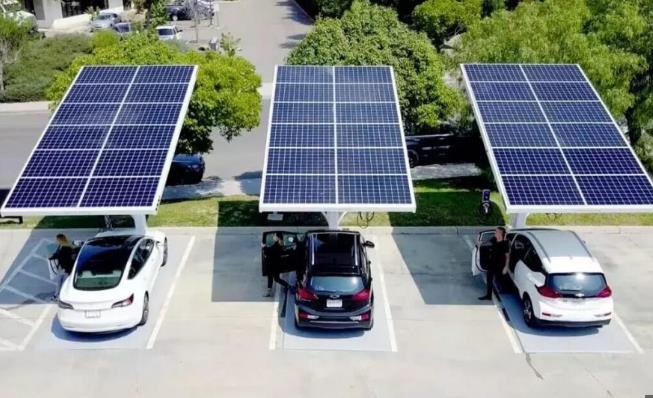How to Efficiently Connect Multiple Solar Panels?
Expanding your solar energy system by adding multiple panels is a strategic way to increase your power output and meet higher energy demands. Whether you're powering a residential property or a commercial facility, understanding how to connect these panels efficiently is key to maximizing their potential. Here’s a detailed guide on how to connect multiple solar panels to achieve optimal performance and efficiency.

Understanding Your Connection Options
There are two primary methods for connecting solar panels: in series or in parallel. Each has its benefits and ideal use cases, depending on your system’s voltage and current requirements.
- Series Connections increase the system's overall voltage while maintaining the same current level. This method is ideal for systems requiring a higher voltage input, such as certain types of inverters or charge controllers.
- Parallel Connections increase the system's current while maintaining the same voltage level. This method suits systems where the inverter or charge controller can handle higher currents, beneficial for expanding the system without altering its voltage.
Series Connection Steps
- Identify the Positive (+) and Negative (-) Terminals on each panel.
- Connect the Positive Terminal of the First Panel to the Negative Terminal of the Second Panel using solar cables. Repeat this process for each additional panel in the series.
- Finalize the Connection by linking the open positive terminal from the first panel in the series to the charge controller or inverter, and do the same with the open negative terminal from the last panel.
Parallel Connection Steps
- Use Parallel Connectors, such as Y or branch connectors, designed for solar installations.
- Connect All Positive Terminals Together and all negative terminals together, using the parallel connectors to combine the cables.
- Link the Combined Cables to your solar energy system’s charge controller or inverter, ensuring a unified connection from multiple panels.
Combining Series and Parallel for Larger Systems
For systems requiring both high voltage and high current, a combination of series and parallel connections (often called a series-parallel connection) can be used. This involves creating several strings of panels connected in series, then connecting those strings in parallel to achieve the desired voltage and current.
Important Considerations
- Compatibility: Ensure all panels have similar electrical characteristics. Mixing panels with significantly different voltages or currents can lead to inefficiency and potential damage.
- Safety Measures: Always prioritize safety by using proper protective equipment and ensuring all connections are secure and weatherproof.
- Maintenance and Monitoring: Regularly check connections and cables for wear and tear or environmental damage to maintain optimal system performance.
How to Connect Multiple Solar Panels
Connecting multiple solar panels efficiently requires careful planning and adherence to electrical standards. By choosing the right connection method for your specific needs and ensuring all components are compatible, you can significantly enhance your solar system's efficiency and reliability. Whether you opt for series, parallel, or a combination of both, the key to success lies in understanding the requirements of your system and the electrical principles behind solar panel connections. With the right approach, you can expand your solar capacity effectively, paving the way for greater energy independence and sustainability.
